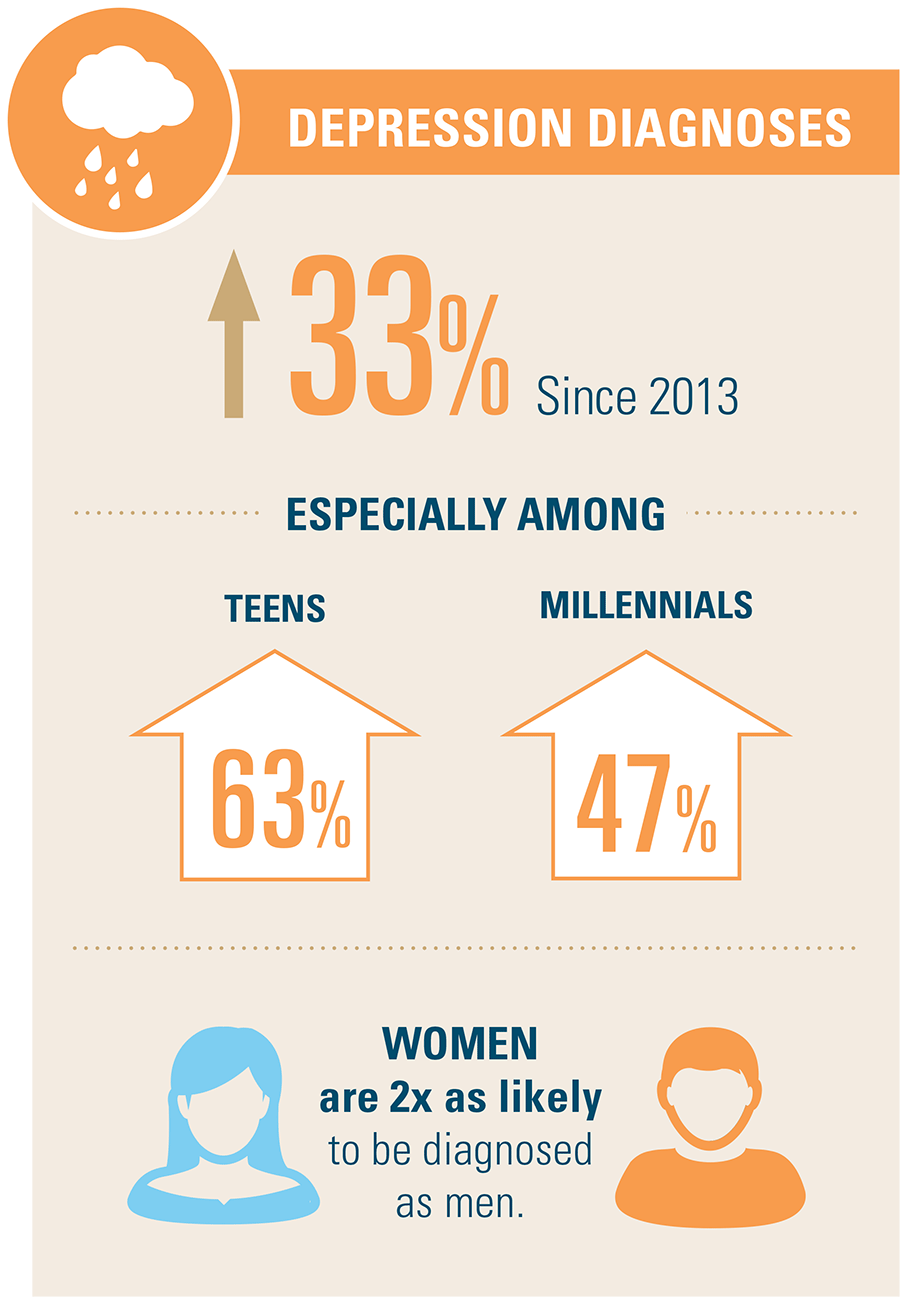Sorts Of Hernias That Require Surgical Intervention

Web Content Writer-Borre Sullivan
* Inguinal rupture: A projection of cells via a damaged area in the abdominal wall, usually on one side of the groin.
* Hiatal rupture: An outcropping of the belly via the diaphragm and right into the upper body tooth cavity.
* Umbilical hernia: A bulge near the belly button that occurs when a damaged area in the stomach wall surface permits fat or other cells to press via.
* Ventral rupture: A lump that happens when a weakened area in the abdominal wall surface enables fat or various other cells to press through, typically near a previous surgical cut.
* Incisional rupture: A bulge that happens when a damaged area in the abdominal wall surface enables fat or other tissue to press through, typically near a previous medical incision.
It is necessary to keep in mind that not all hernias need surgical procedure, yet these kinds do. If https://www.verywellhealth.com/hiatal-hernia-surgery-day-of-surgery-5082667 suspect you have a rupture, it's important to speak with a medical care professional for proper medical diagnosis and treatment.
So, you have actually been experiencing some discomfort recently, and after an extensive examination, your medical professional has established that you have a rupture. Now, prior to you start worrying, it is essential to recognize that not all ruptures need surgical treatment.
However, there are specific kinds that do, which's what we're below to review. From inguinal hernias to umbilical ruptures and also hiatal ruptures, every one offers its very own unique obstacles and considerations.
However allow's not get ahead of ourselves right now. We'll dive into the specifics quickly sufficient.
Inguinal Hernias
If you're experiencing pain and discomfort in your groin area, you might have an inguinal hernia that calls for surgical treatment. An inguinal rupture occurs when a part of the intestine or fatty tissue pushes through a weak spot in the inguinal canal, which lies in the lower abdominal area.
This kind of rupture is more usual in men than females and can be triggered by variables such as hefty lifting, stressing during defecation, or chronic coughing. Signs and symptoms of an inguinal rupture include a bulge in the groin location, pain or pain when coughing or raising, and a sensation of stress or weak point in the groin.
If left More Information and facts , an inguinal hernia can lead to problems such as digestive tract obstruction or strangulation, which is why medical treatment is essential to fix the hernia and protect against additional problems.
Umbilical Ruptures
Do you recognize what an umbilical hernia is and just how it can be treated operatively?
An umbilical hernia occurs when a part of the intestinal tract or stomach cells protrudes with a weak spot in the abdominal wall surface near the tummy switch.
If you have an umbilical rupture that requires surgical intervention, here are 3 therapy alternatives to take into consideration:
- Rupture fixing surgical treatment: This is the most common therapy for umbilical ruptures. During the procedure, the doctor will certainly make a cut near the hernia and push the protruding cells back right into area. They'll after that enhance the stomach wall surface utilizing stitches or a mesh patch.
- Laparoscopic surgery: In some cases, a minimally intrusive technique called laparoscopic surgical treatment might be used. This method includes making small incisions and making use of a cam and specialized devices to fix the rupture.
- Open surgical treatment: In even more intricate cases, open surgical procedure may be needed. This involves making a bigger laceration to access and fix the rupture.
Hiatal Ruptures
A hiatal rupture occurs when part of the belly extends via the diaphragm right into the breast dental caries. This type of hernia is reasonably typical and usually needs surgical treatment.
Hiatal hernias can be categorized right into two main kinds: gliding and paraesophageal ruptures. Gliding hernias are the most common and happen when the lower part of the esophagus and the top of the belly slide up into the breast via the respite, a small opening in the diaphragm.
On the other hand, paraesophageal ruptures are less typical however more serious. In this kind, a portion of the stomach pushes through the hiatus alongside the esophagus, triggering potential complications like stomach volvulus or strangulation.
Surgical repair service is generally essential to treat hiatal hernias and reduce symptoms such as heartburn, breast discomfort, and problem ingesting.
Conclusion
So there you have it, the different sorts of hernias that call for surgical treatment.
One example of a rupture situation that required surgical procedure is John, a 45-year-old male who struggled with an inguinal hernia. Despite his preliminary pain and worry, John chose medical intervention.
The procedure was successful, and he experienced a complete recovery, permitting him to go back to his normal tasks with no further issues.
Bear in mind, it is very important to seek advice from a medical care expert if you presume you might have a rupture that calls for medical therapy.

